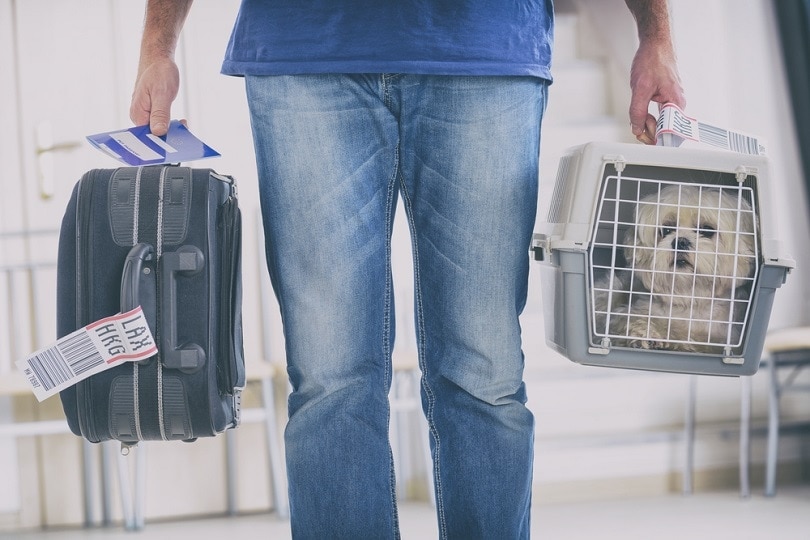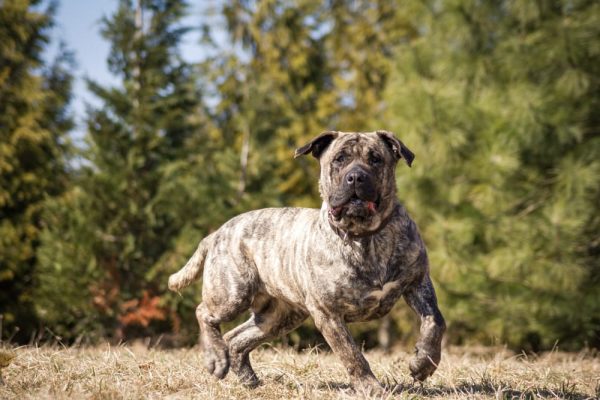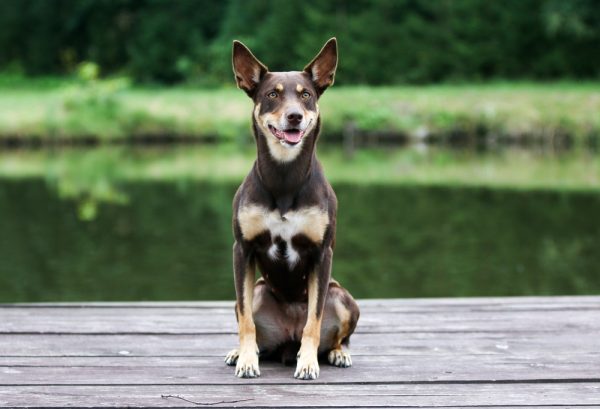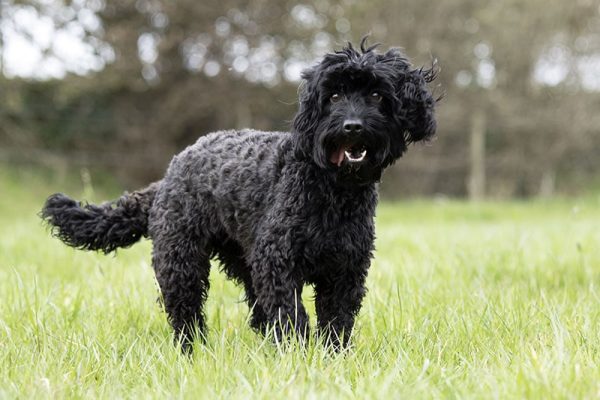Flying with a pet in cargo can be a stressful experience for the animal and the human. You’ll be relieved to know that animals in cargo are generally perfectly safe, but some animals are indeed injured, lost, or killed on commercial flights every year. This is due to a few factors, like excessively cold or hot temperatures, rough handling, or poor ventilation.
The key is to do your research before you plan to travel to ensure your pet is prepared for the journey and to communicate with the airline before your trip since the requirements for pets flying in cargo vary among airlines. But let’s look at this in more detail, so you know exactly what to expect.

Is It Safe for Your Pet to Fly in Cargo?
In general, it is perfectly safe for your pet to fly in cargo, and even though there are incidents, thousands of animals travel across the globe annually in cargo areas and are perfectly fine. Most United States airlines have to report any incidents that involve companion animals in the cargo hold;1 this is an excellent resource for owners to look at before they pick an airline to fly with.
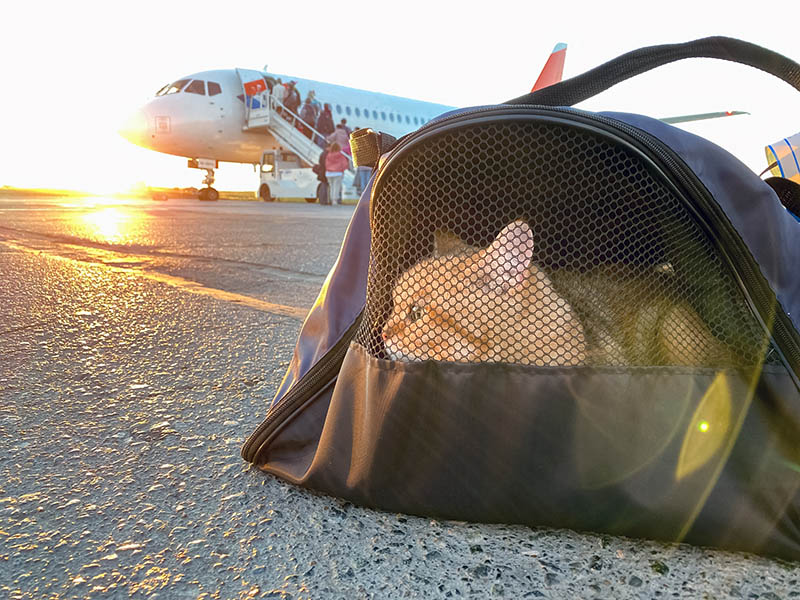

Tips to Follow If Your Pet Has to Fly in Cargo Hold
If possible, try to keep your pet in the cabin with you. Most airlines will allow you to bring a cat or small dog in the cabin for an additional fee, but you will have to call them in advance as there are weight limits and size limits for the carrier.
However, if your pet has to travel in cargo, there are ways to keep them safe. If you follow these tips, it will ensure the safety of your pet and also put your mind at ease:
- Ask whether the holding areas and cargo hold are all climate-controlled.
- When possible, fly directly to avoid mistakes that could happen during the transfer. This will also prevent your pet from being stuck in its carrier for hours if there is a delay.
- Ask if you can watch your pet being loaded and unloaded from the cargo hold.
- Notify the crew and pilot, if possible, that your pet is traveling with you; that way, if anything were to occur, they would be aware there is a pet onboard.
- Choose flights with the weather in mind; in summer, it’s best to fly early in the morning or late in the evening; in winter, flights in the afternoon are best.
- Avoid peak times to travel since your pet is more likely to experience rough handling then.
- If your pet is wearing a collar, pick one that won’t get caught in the carrier, and make sure your pet’s nails are clipped so they won’t get hooked on the carrier door or other crevices.
- Ensure the ID on their collar and microchip information is correct and up to date. Attach a label to their carrier with your information, where you’re traveling to, and an emergency contact if you can’t be reached.
- Familiarize your pet with the carrier about one month before you travel to lower their stress levels.
- Don’t give them tranquilizers since some airlines won’t accept drugged pets for insurance reasons. If they must be tranquilized and it’s been prescribed by the vet, you might need to contact the airline in advance.
- Your pet will have to fly on an empty stomach, so make sure they don’t eat anything for at least 4 to 6 hours before traveling but keep them hydrated. Some airlines have different guidelines and might require you to attach food and water bowls to their carrier, so you must check that with your particular airline before you arrive.
- Keep a current photograph of your pet that you can show people if they get lost.
- When you arrive, go to a safe, quiet place and open the carrier so you can check on your pet. If you are concerned, take them to a vet and be sure to get the check-up results in writing.
If you’re concerned about your dog’s health we suggest you speak to a vet.
If you need to speak with a vet but can't get to one, head over to PangoVet. It's our online service where you can talk to a vet online and get the advice you need for your dog — all at an affordable price!
Alternatives to Traveling

Sometimes flying isn’t an option for your pet; some airlines won’t transport short or snub-nosed breeds like Pugs, Boston Terriers, or Pit Bulls in the cabin or cargo hold because of their nasal structure, which can cause shortness of breath when they’re stressed.
If your dog falls into the category of one that can’t travel at all, or maybe you’re going on a short enough trip that you feel like you’d rather leave your pet at home, you have other options.
You could try pet-sitting, where someone comes to your house to take care of your pet, or in-home pet boarding, where they go to the pet sitter’s home. You can also take your pet to a dog kennel, cattery, or pet hotel. However, the ideal option for most pet parents is to have a friend or family member care for your pet.

Final Thoughts
We would all rather keep our pets with us at all times, and sometimes that’s possible. If you have a small dog or a cat, you can bring them into the plane cabin with you. However, sometimes your only option is the cargo hold if you want to take your pet along.
There are instances when pets have been injured, lost, or killed on flights, but the occurrences are rare, and pets are relatively safe in the cargo hold.
See also:
Featured Image By: Wisniewska, Shutterstock
